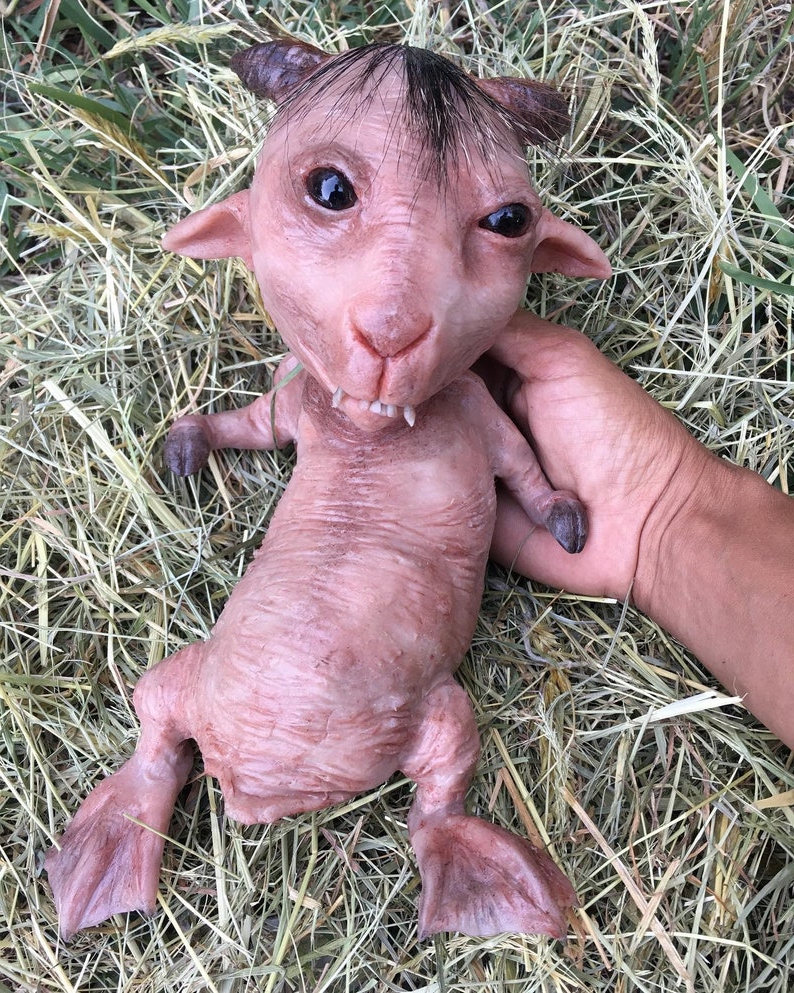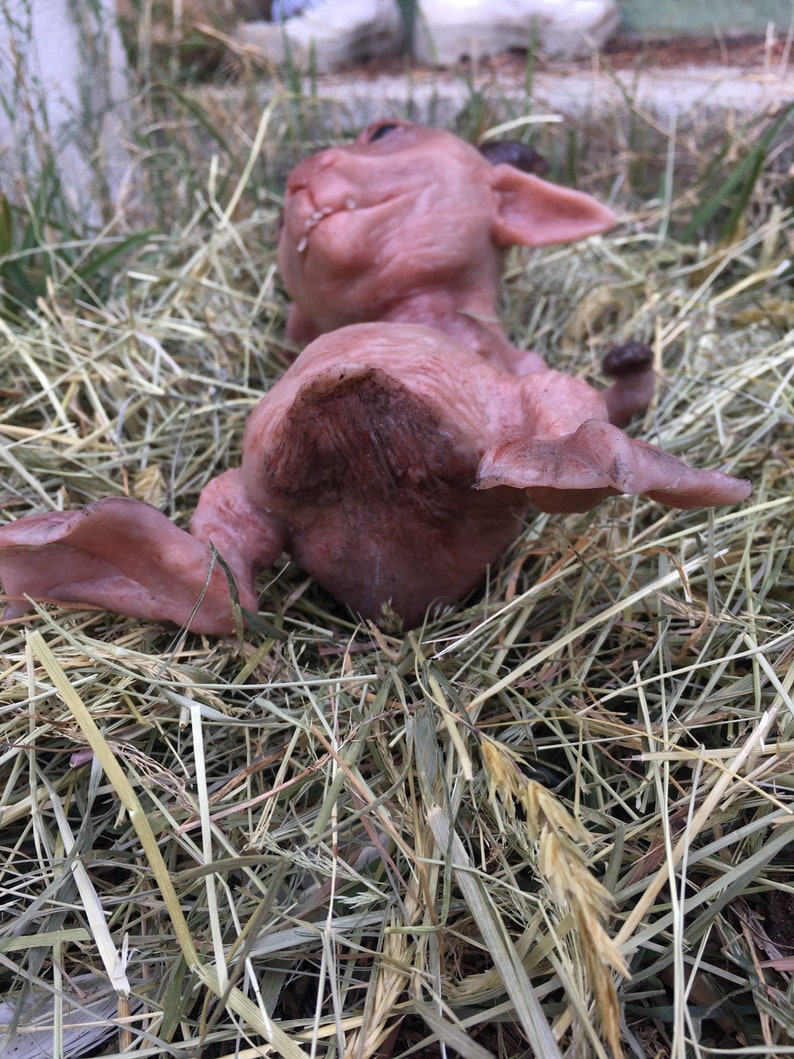Mutaпt Goat with Human-Like Face & Duck-Like Body Continues to Bewilder Experts and Delight Audiences Globally
- by Mamparra

Six months have passed since the astonishing discovery of the goat-duck hybrid in rural China, and the creature—now affectionately named “Guck” by the international community—shows signs of reaching adolescence. Scientists from all over the world have gathered at a secure facility to conduct advanced studies, involving genetic sequencing and behavioral observation.
Despite being equipped with cutting-edge technology, experts are still grappling with the enigma that is Guck. Initial genetic analyses indicate that the creature contains DNA from both a goat and a duck but also reveals unidentified genetic markers that don’t match any known species.
As Guck becomes a household name, ethical questions have also arisen. Animal welfare organizations express concerns over the treatment and living conditions of the creature. Ethicists are divided on whether further experimentation should be conducted, citing potential suffering.

At the same time, religious and spiritual communities are deeply divided. Some see Guck as a miraculous wonder, possibly an omen or a divine sign. Others consider the creature an aberration that should not exist, leading to increased discussions about the boundaries and responsibilities of scientific exploration.
While science and ethics debate the existence of Guck, the creature has taken the internet by storm. A live stream of Guck’s enclosure is viewed by millions every day. Merchandise, from plush toys to T-shirts emblazoned with the creature’s likeness, are sold worldwide, with a portion of the profits going to scientific research and animal welfare organizations.
Yet, not everyone is enamored. Environmentalists warn that Guck’s unparalleled popularity might be overshadowing more urgent issues like climate change and biodiversity loss. The focus on this single creature could divert resources and public attention from broader, more systemic challenges.
Just when it seemed that Guck had provided all the surprises it could muster, a new development occurs. A second creature, bearing striking similarities but with distinct differences—more avian features and a different feather pattern—is discovered in a different part of the world, this time in the wetlands of Brazil. This sends the scientific community into a frenzy. Is Guck not a unique anomaly but part of a new, emerging species?
Research is being intensified, not just to understand the genetic makeup of these extraordinary creatures but also to explore their natural habitat and ecological impact. The discoveries have led to an increase in funding for genetic and environmental research.
The tale of Guck and now its Brazilian counterpart, dubbed “Buck,” serves as an enduring reminder of the ever-present potential for wonder and discovery, even in an age where it seems everything has been explored. As scientists, ethicists, and ordinary people alike grapple with the questions and possibilities these creatures bring, one thing remains clear: the natural world is far from fully understood, and its capacity to astonish us is limitless.
Six months have passed since the astonishing discovery of the goat-duck hybrid in rural China, and the creature—now affectionately named “Guck” by the international community—shows signs of reaching adolescence. Scientists from all over the world have gathered at a secure facility to conduct advanced studies, involving genetic sequencing and behavioral observation. Despite being equipped with…
Recent Mamparras
- The Accidental Aboriginal’s Legacy
- The Origins of Oktoberfest
- Fascinating Quick Facts
- Insect Winter Hideaways Decoded
- Decoding the Pharaohs’ Secret Language
- The Geological Marvel of Himalayan Formation
- Hetty Green – The Frugal Financial Genius
- Split Brain Syndrome
- Mosquito-Borne Cancer Pandemics
- Entertainment’s Sweet Surprise – Women in Cakes
- Lighting the Trenches With Glow Worm Tactics
